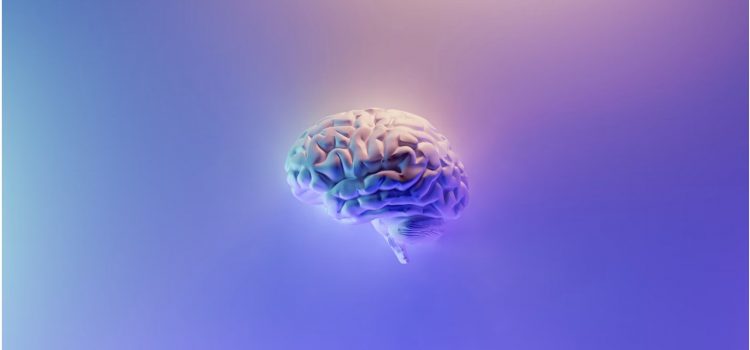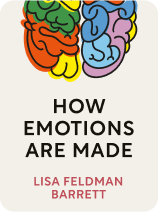

This article is an excerpt from the Shortform book guide to "How Emotions Are Made" by Lisa Feldman Barrett. Shortform has the world's best summaries and analyses of books you should be reading.
Like this article? Sign up for a free trial here.
Where do emotions come from in the brain, according to psychology? Do emotions come from a specific brain region?
According to neuroscientist and psychologist Lisa Feldman Barrett, emotions cannot be linked only to a certain part of the brain, like your amygdala. Rather, Barrett has found a more complex explanation for how your brain processes emotion.
Keep reading for Barrett’s groundbreaking explanation of where emotions come from in the brain.
Where Do Emotions Come From? Barrett’s Surprising Answer
In How Emotions Are Made, neuroscientist and psychologist Lisa Feldman Barrett challenges many of society’s long-standing beliefs about emotions in the brain, calling into question everything from what emotions are, to where emotions come from, and how people control them.
Barrett introduces a new theory of where emotions come from in the brain, based on years of research, which posits that emotions are neither hardwired into our brains nor universally felt and recognized; rather, emotions help the brain to predict what will happen next based on what’s happened in the past—and to plan accordingly. Barrett calls this the theory of constructed emotion. As she sums it up in her TED talk, “Emotions don’t happen to you; they’re made by you.”
Where Do Emotions Actually Come From?
So, where do emotions come from if not created in one specific part of the brain? Barrett claims that emotions don’t correspond with specific regions in the brain. For example, while the amygdala is generally understood to be the seat of fear, brain imaging studies show that only about 30% of people experiencing fear have activity in the amygdala. In fact, no brain region or circuit correlates specifically with any single emotion. Barrett contends the popular model of the brain—divided into the reptilian brain for survival, the limbic system for emotion, and the neocortex for cognition—is actually a fiction. Rather, emotions are complex constructions, coming from many different regions in your brain.
(Shortform note: One recent study similarly debunks the idea that emotions are located in specific brain regions, but adds its own twist. Psychologist Daniel Casasanto conducted experiments showing that the left and right brain are not specialized for certain types of emotions, as was previously thought. Instead, emotions are spread across both hemispheres, with the strength and direction of lateralization depending on how left- or right-handed someone is. This indicates that emotion is built on systems for motor action.)

———End of Preview———
Like what you just read? Read the rest of the world's best book summary and analysis of Lisa Feldman Barrett's "How Emotions Are Made" at Shortform.
Here's what you'll find in our full How Emotions Are Made summary:
- A deep dive into what emotions really are and where they come from
- How some cultures have different emotions than others
- The difference between feelings and emotions






